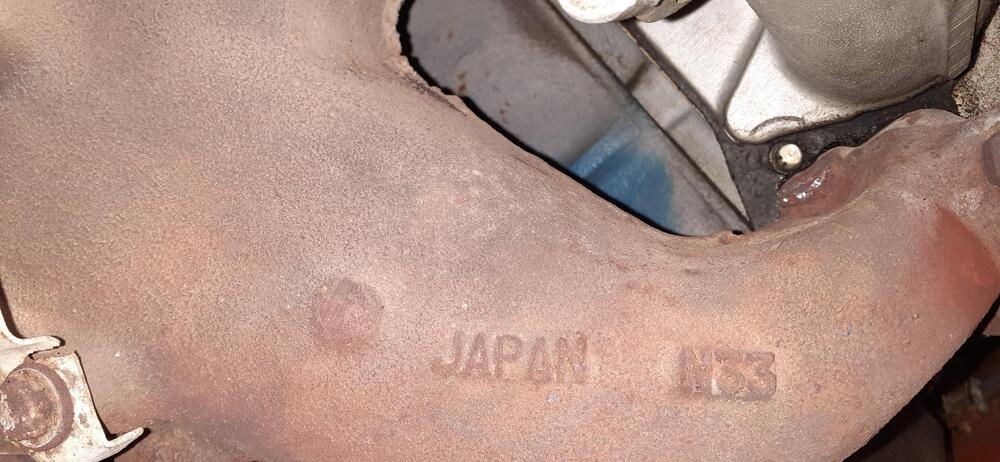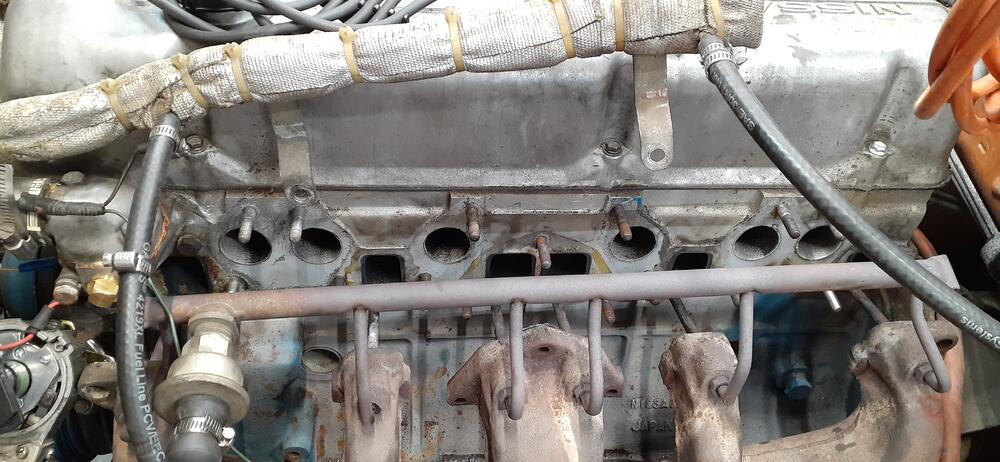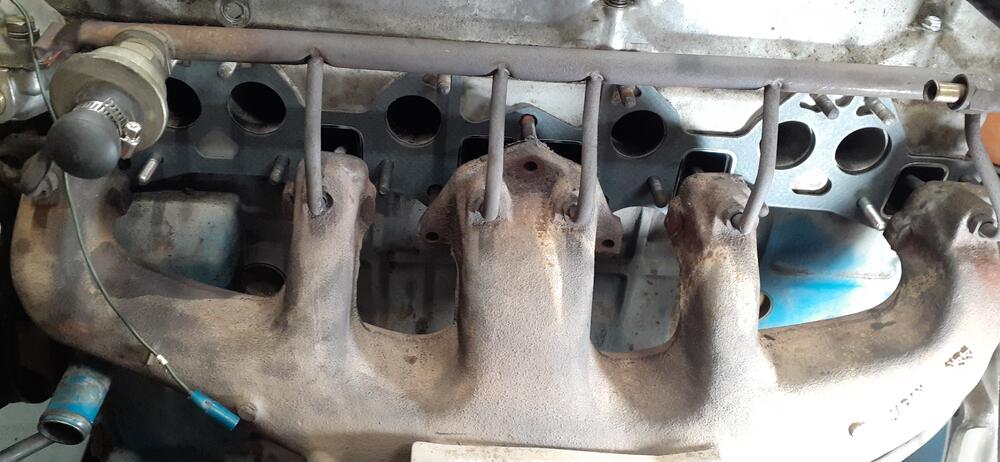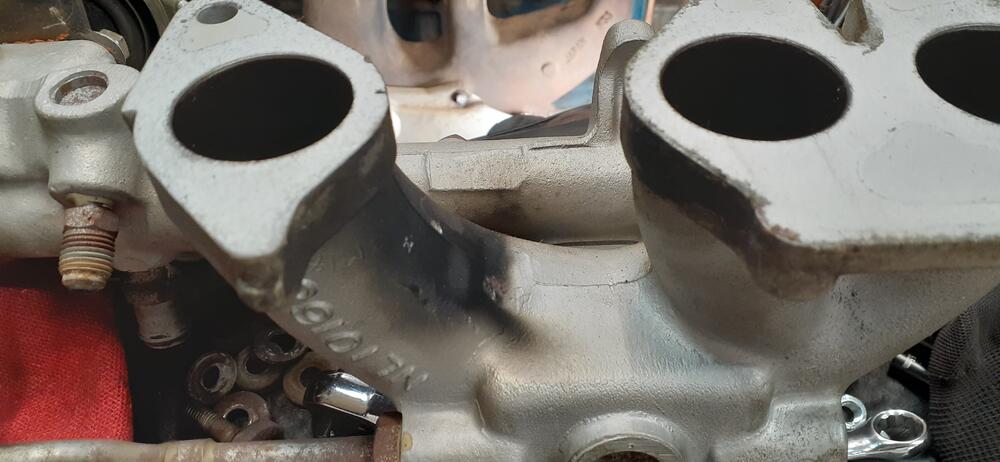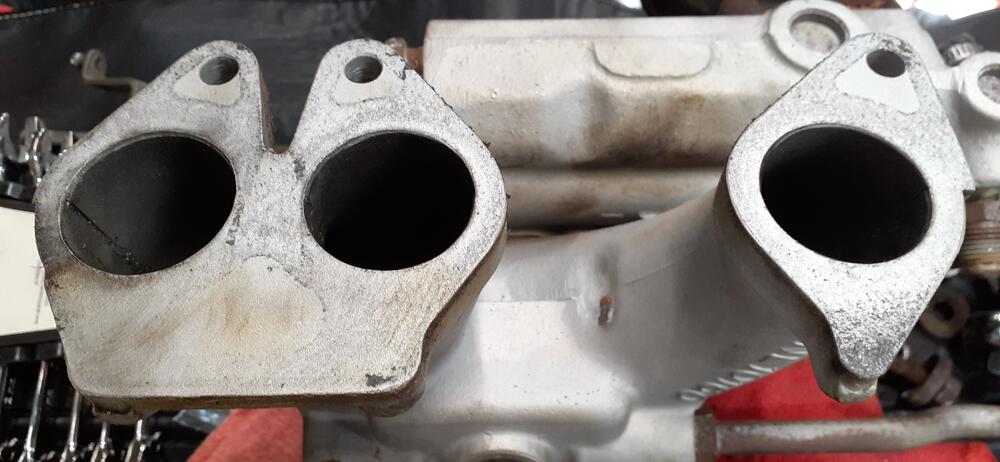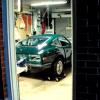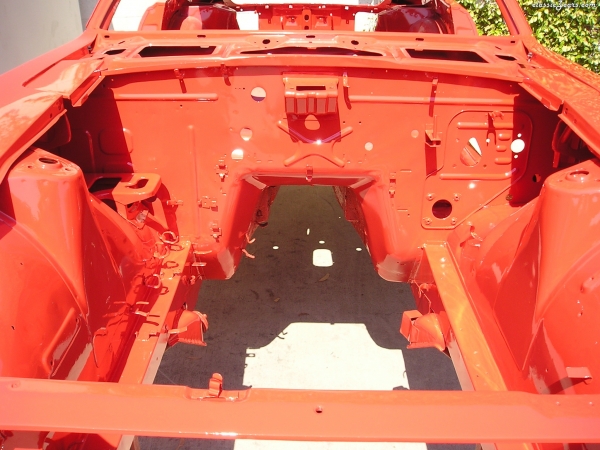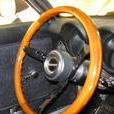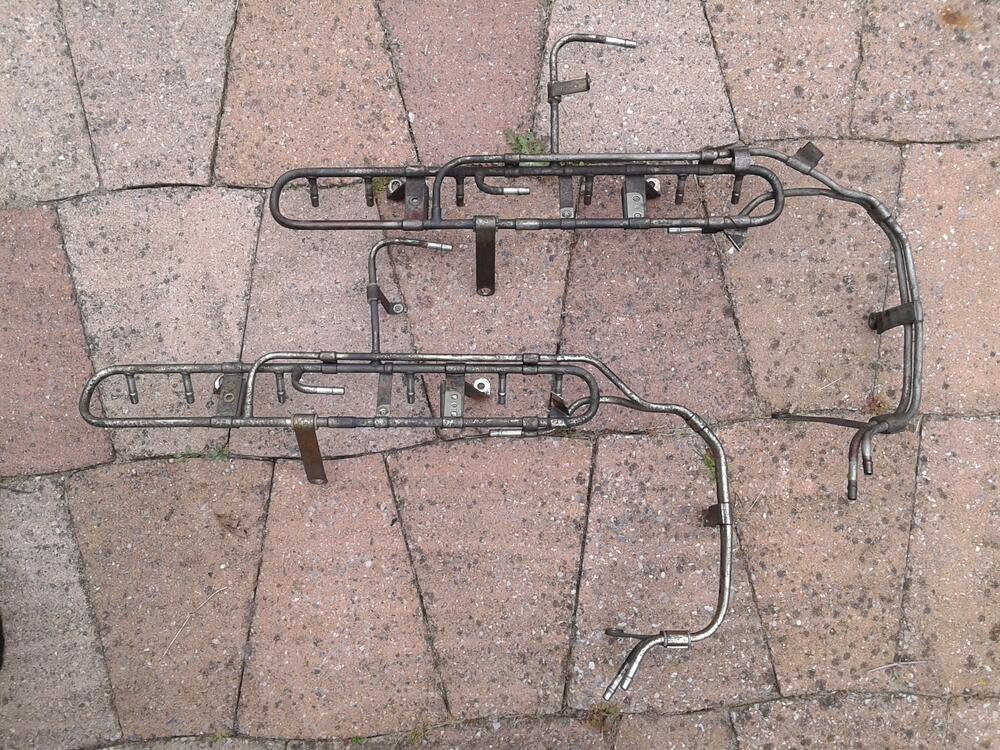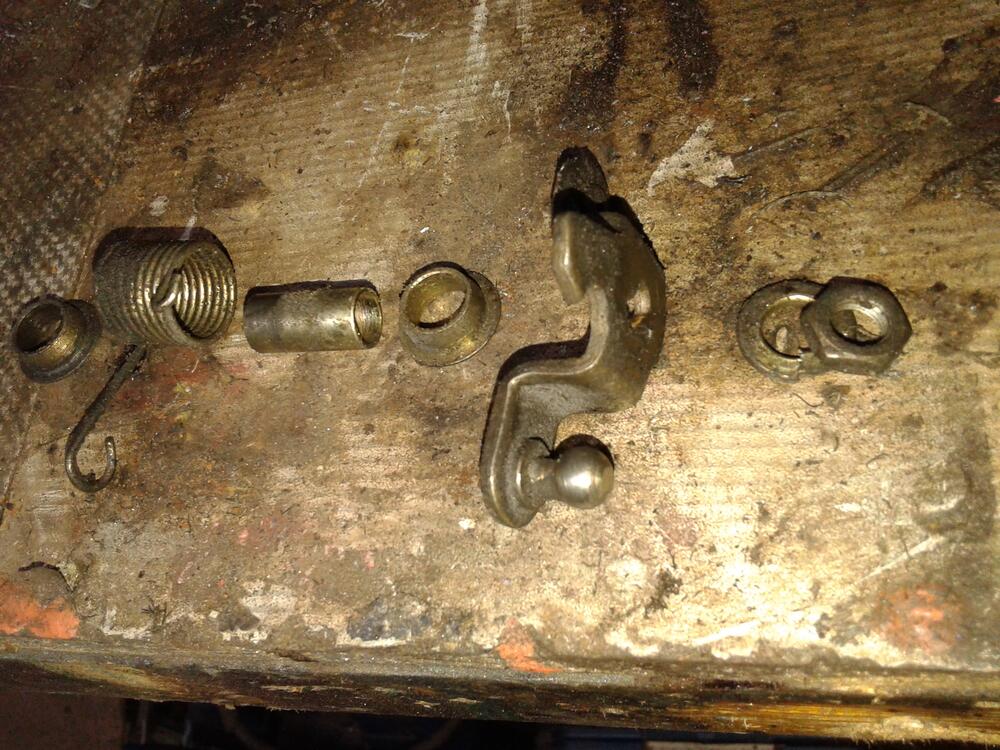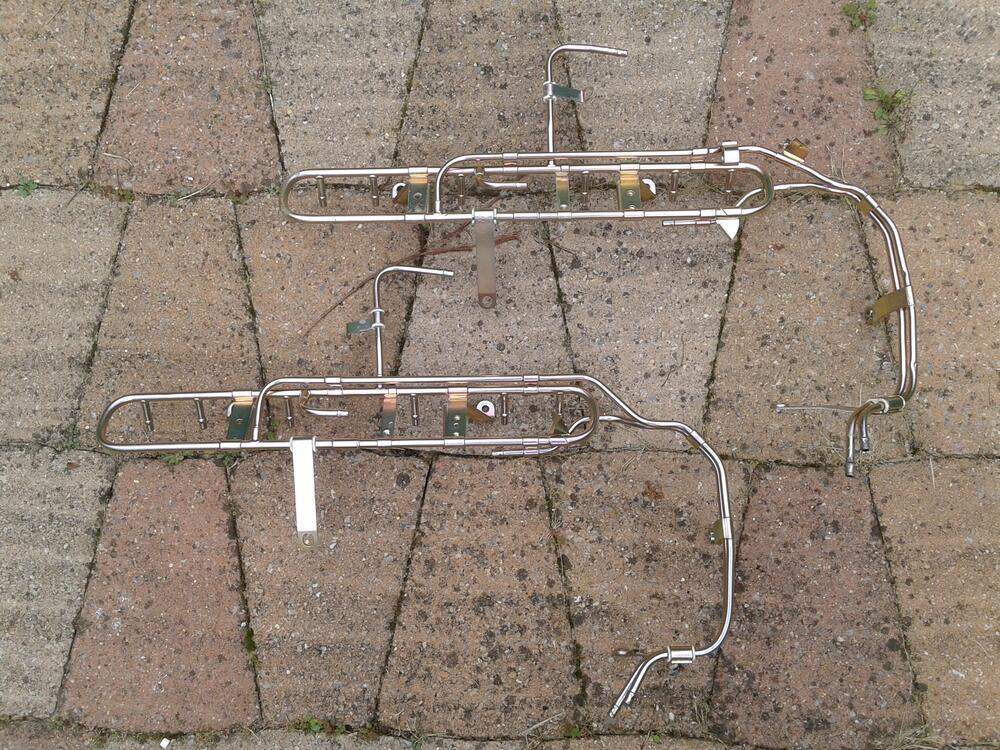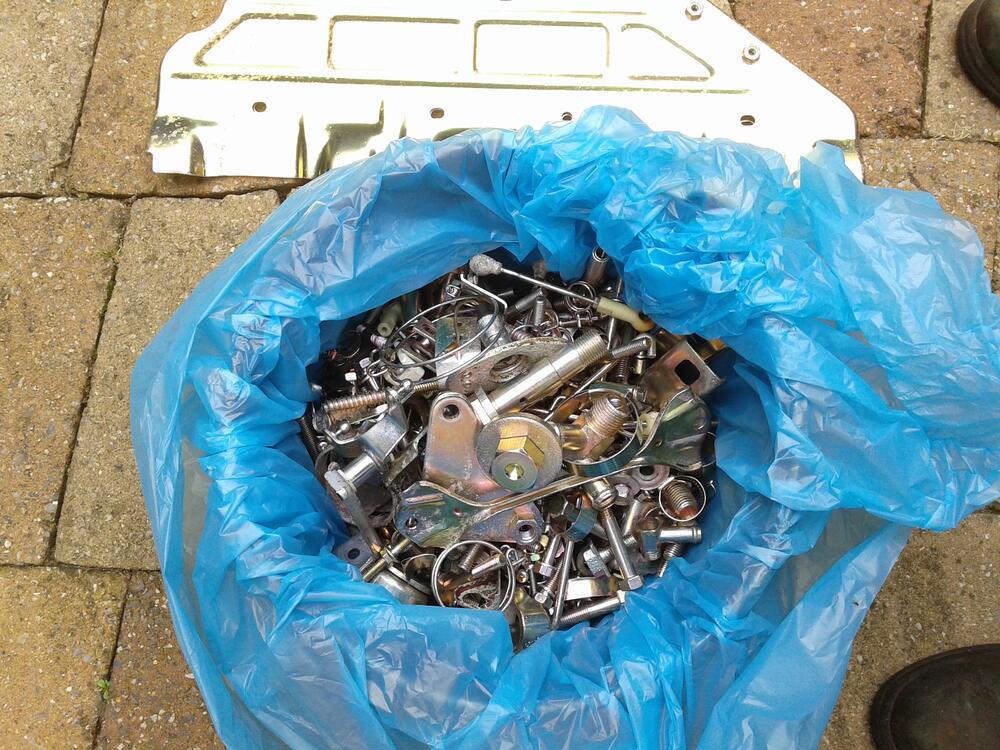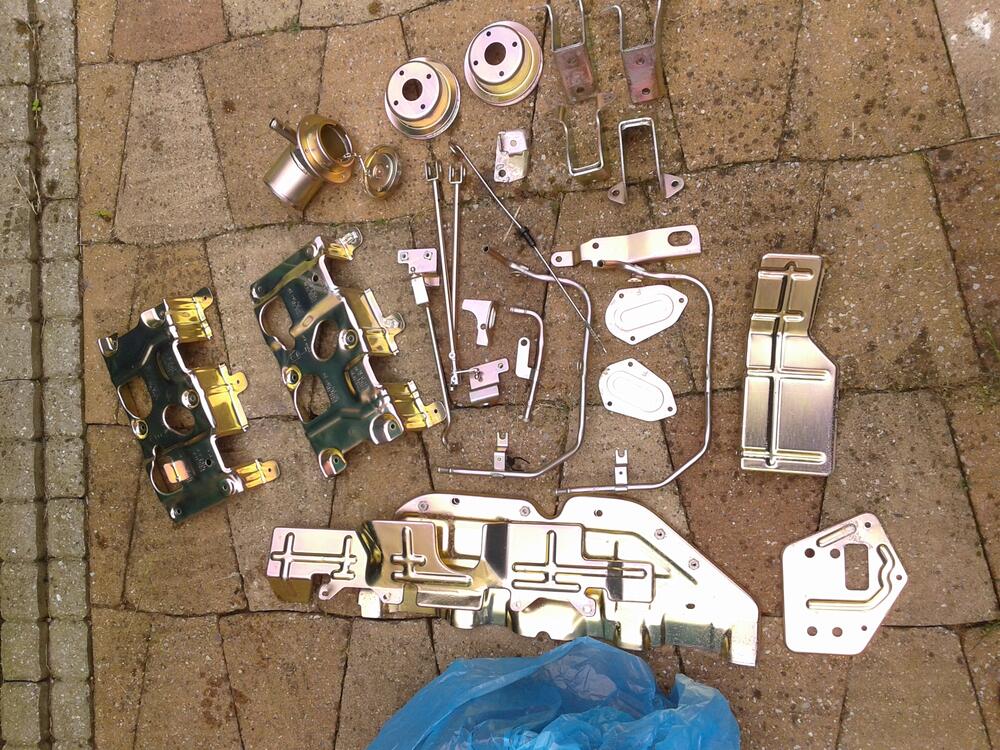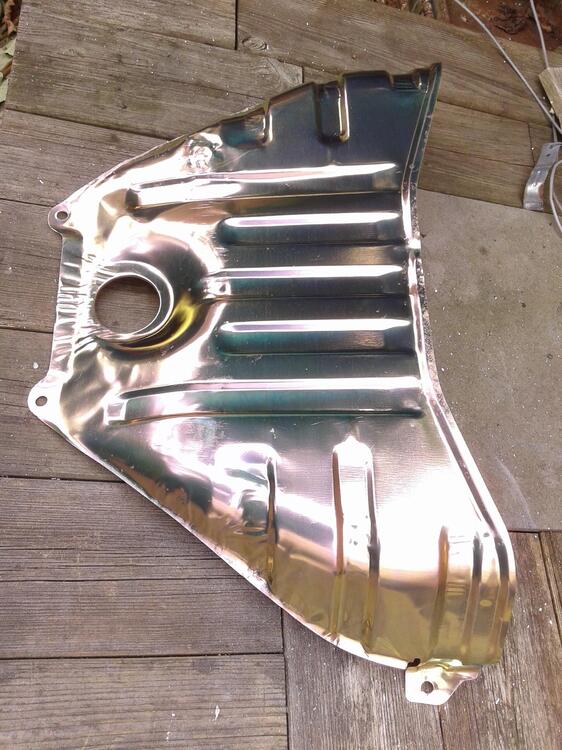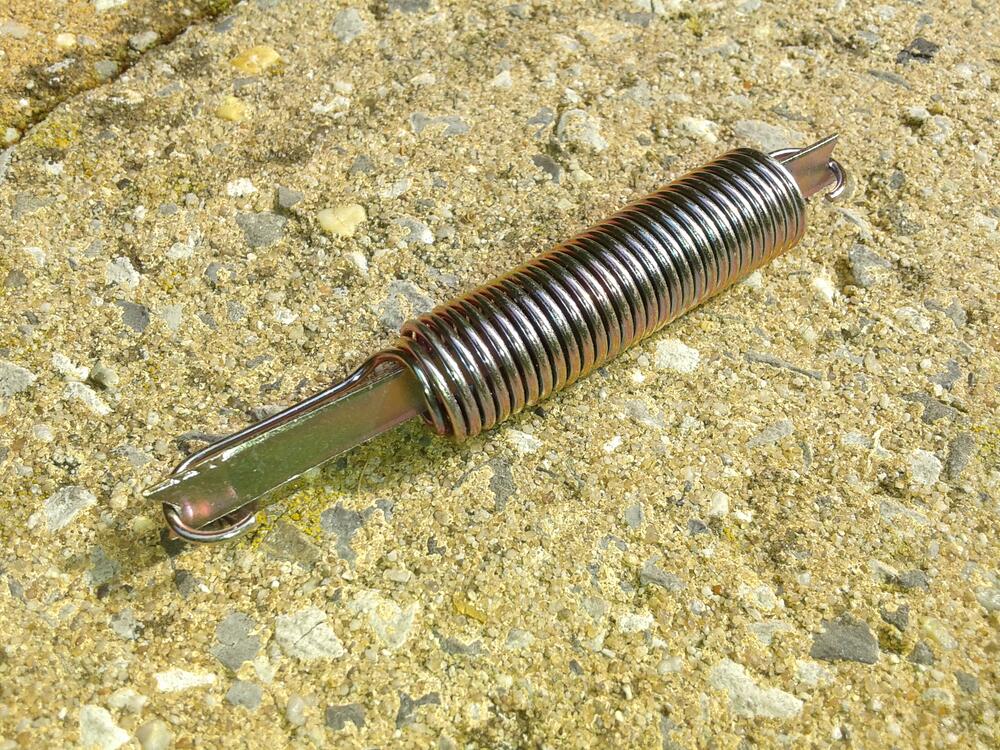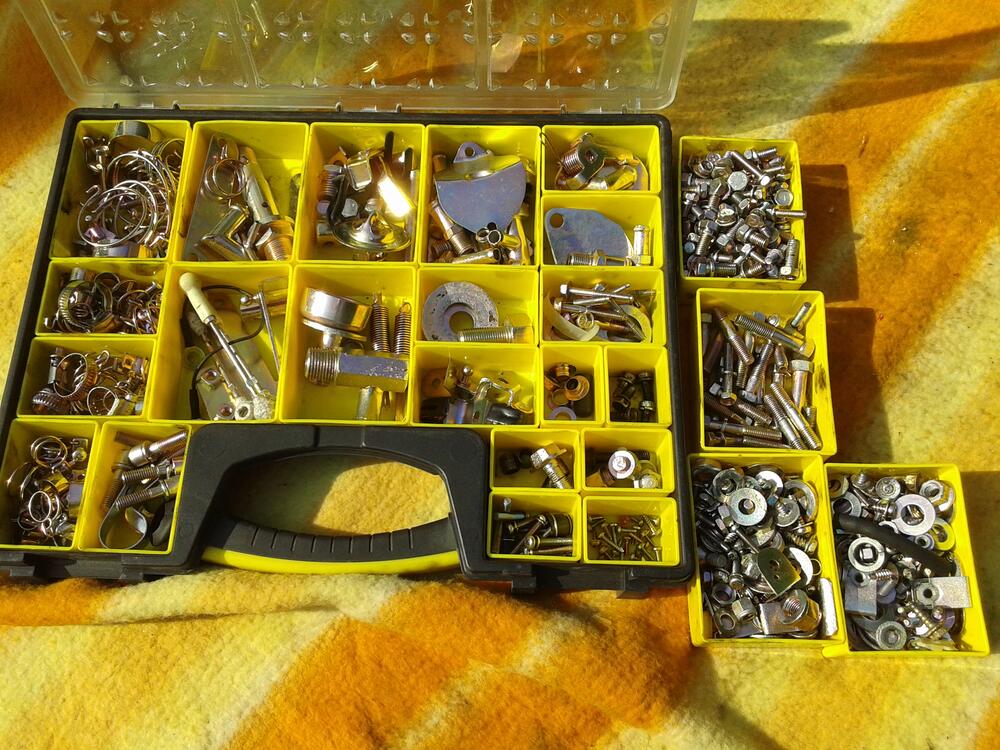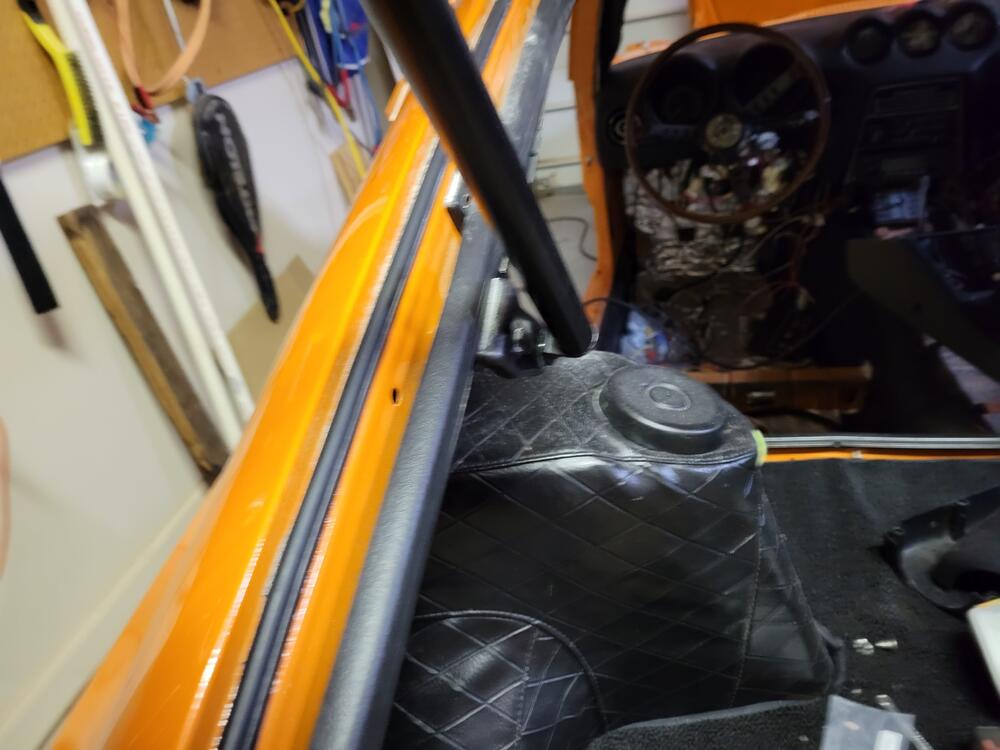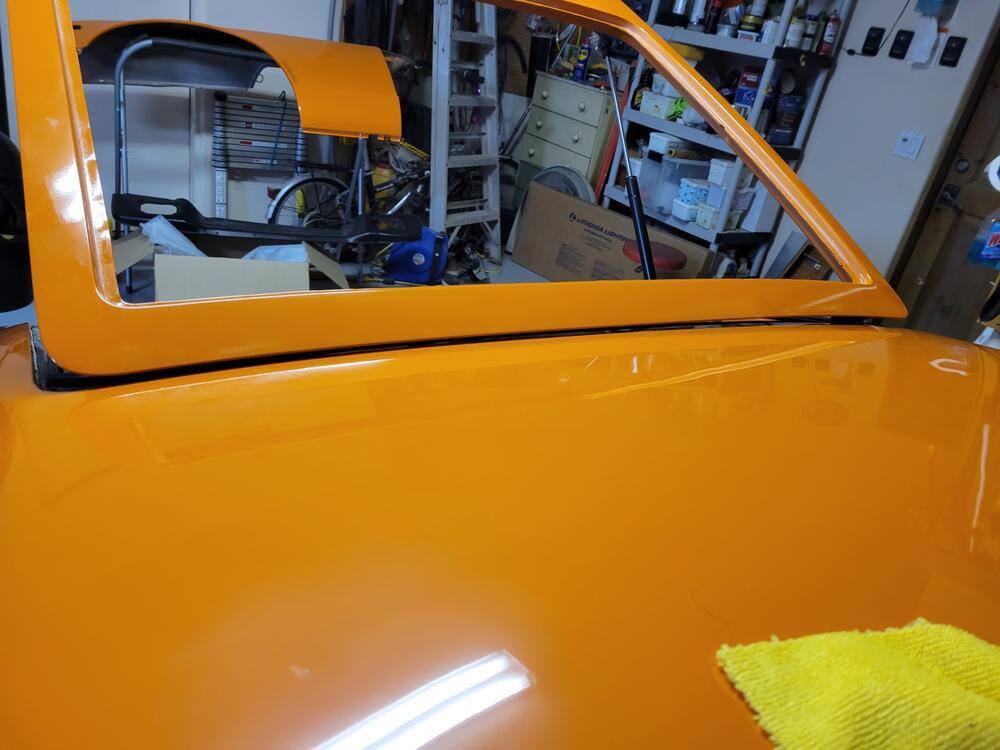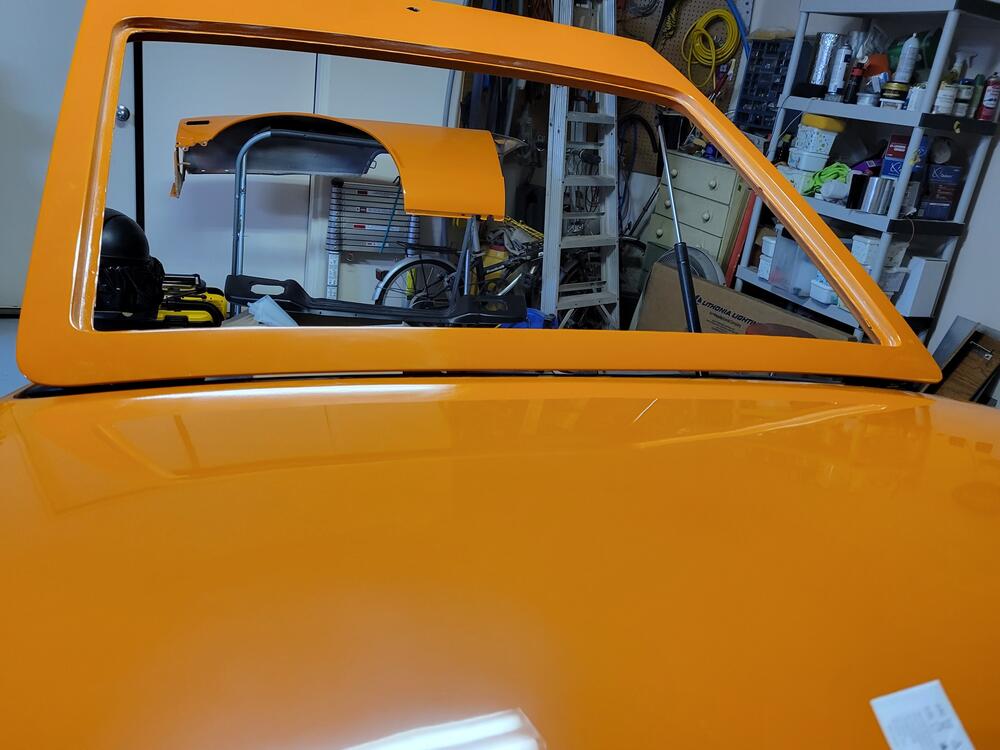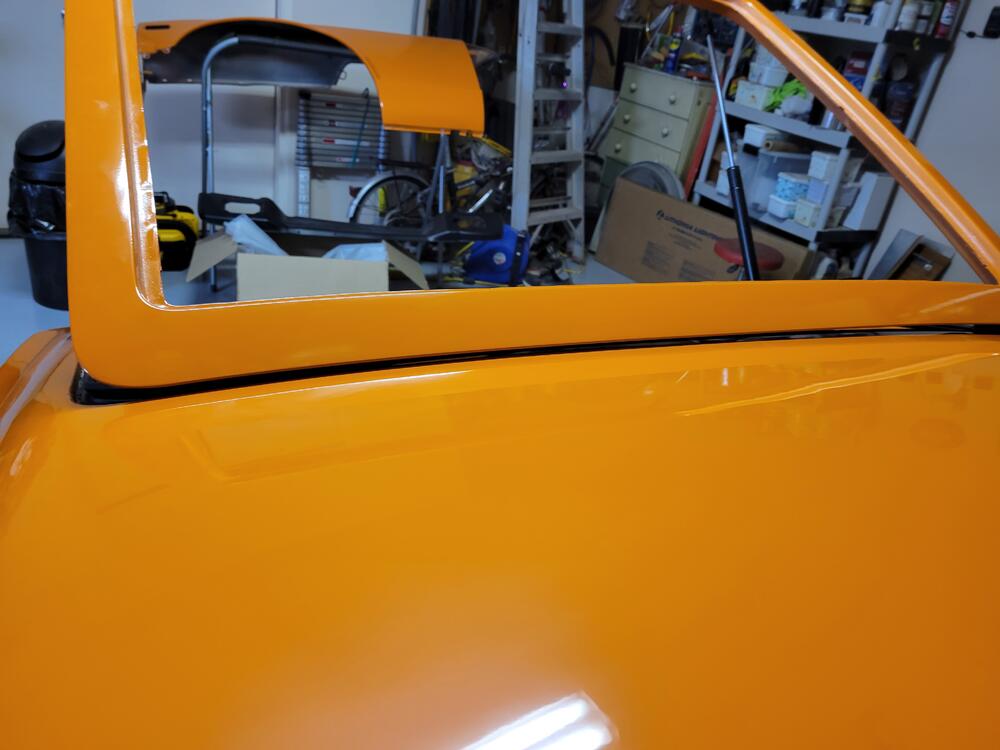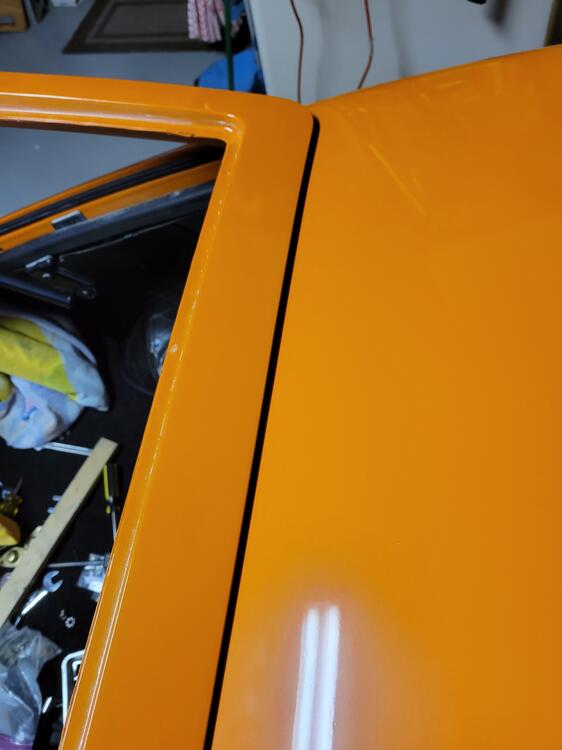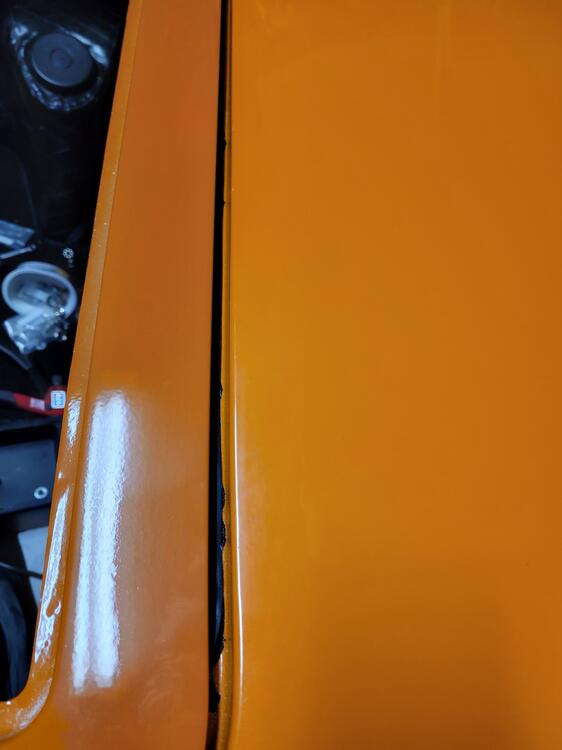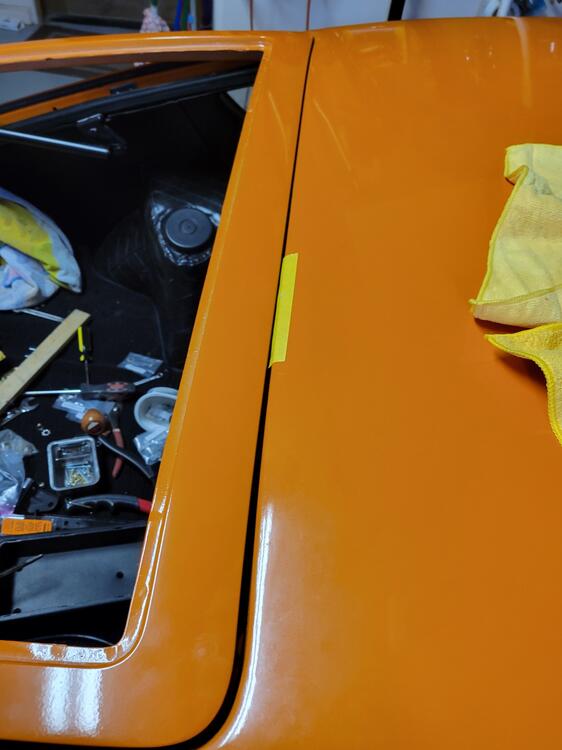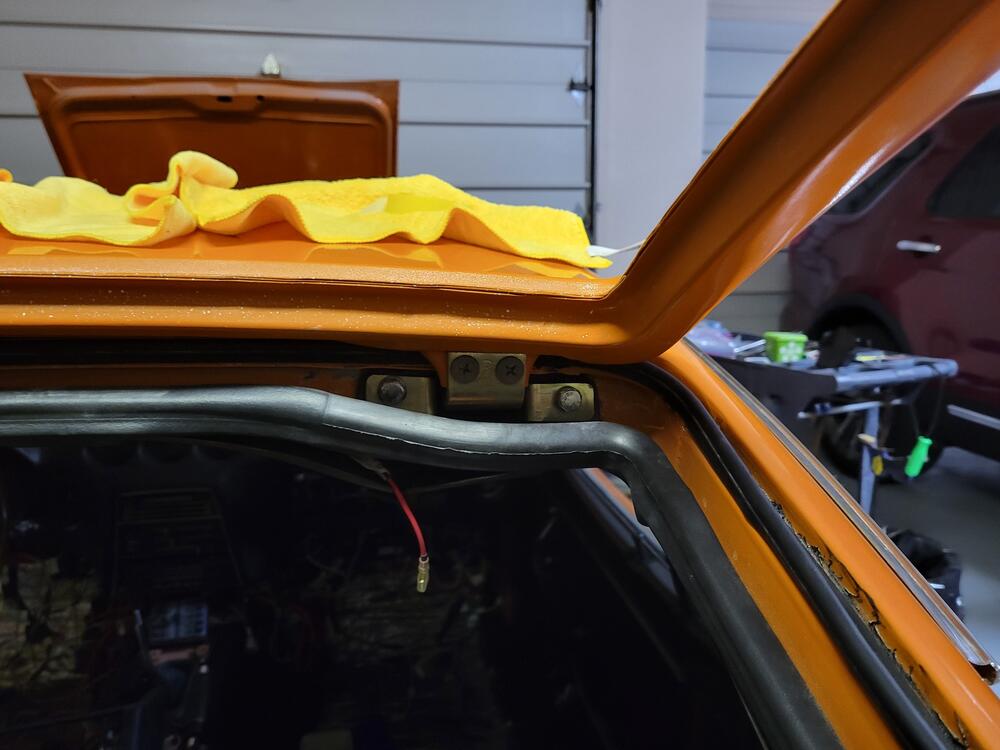Charles,
Good suggestion - thanks for the interest. I took a lot of shots of the hatch, but realized that your starting point and mine may be different. To clarify I am not really concerned at this point with the gaps when the hatch is closed. My first concern is to successfully close the hatch without damaging the paint at the roof line. I did take snaps of the gaps in case I am missing something that they might reveal. I do not have the latch hardware installed so the hatch is not shown fully closed.
In this image everything looks fairly good, but as the hatch closes the available space between the roof line and the hatch is reduced to the point where it just barely scrapes the roof, this is the area of concern in the photo that follows later on.
So, with the hatch shock absorber installed (on the left side (standard for a 240z) the hatch is pushed upward with enough force to raise the hatch within the hinge. This is actually helpful, I think, on the left side because it creates more clearance to pass over the roof line. Unfortunately it does not affect the right side and so the clearance is less on the right side. You can prove this by lifting the right corner up . It rises approximately 3/16 of an inch, when lifted by hand.
The taped area is the concern. This is where the roof line is scraped as you close the hatch.
There are no shims installed on either hinge at this point.
The image above shows the hatch open all the way. I marked a line (bottom-short line) to indicate the height of the hatch. I lifted the hatch and marked a second line (top-longer) to indicate the height of the hatch when lifted. The difference is about 3/16 of an inch.
So, here is my thinking.
1. The shims behind the hinge single bolt head either side of each hinge move the hatch toward the rear of the car and away from the roof line.
2. Shims placed between the phillips head screws and the hatch move the hatch toward the front of the car.
3. The two larger head bolts on either side of each hinge adjust the resting position of the hatch, mostly up and down, and only slightly left or right if at all.
4. Raising the hatch (vertically) when it is in the open position is helpful because it creates clearance to avoid interference with the roof as it is closed.
5. the shock absorber(lift support piston) is stronger enough to lift the hatch vertically. With only one piston on the left side only one side is lifted and the right side is driven downward. The right side can't really move downward because it is at the bottom of the vertical travel of the hinge. Obviously I have no facts to offer as the reason for Nissan adding a 2nd piston to lift the hatch on the 260z and beyond, but since the body of the 260z and the 240z are very similar in this area it seems worthwhile to try adding a 2nd piston to raise the open resting position of the hatch.
6. I was lucky enough to find a pair of 260z hatch lift support brackets and they should be delivered in the near future.
7. While waiting for the 260z brackets I will attempt to align the hatch in minimize the gaps in the closed position
Please do not worry about offending me. If you have a better or more elegant solution, or experience that indicates the above thoughts are foolish please advise as soon as possible. I am getting older by the minute and need to get the bucket on the road.
Thanks again, to all for your help.
regards,
ron








